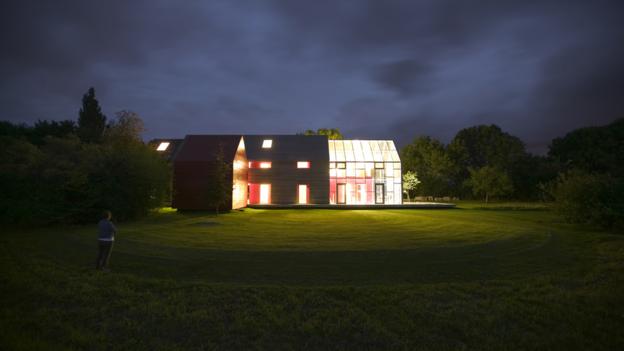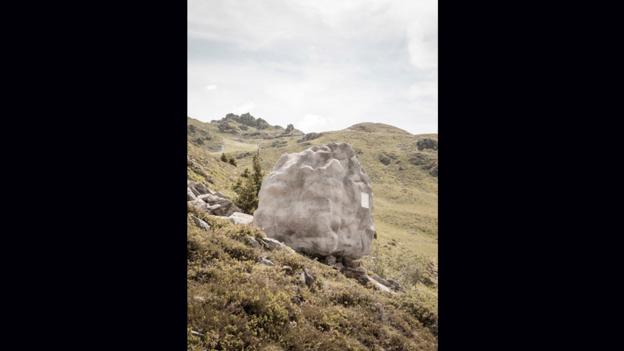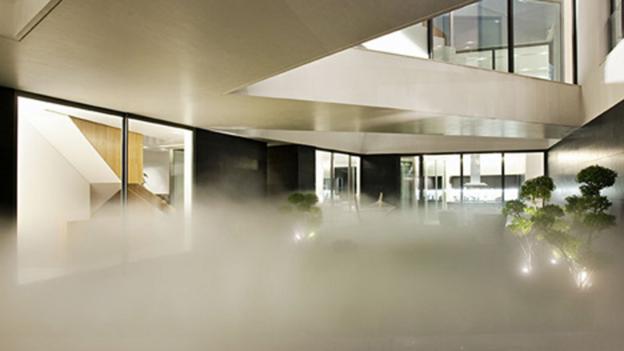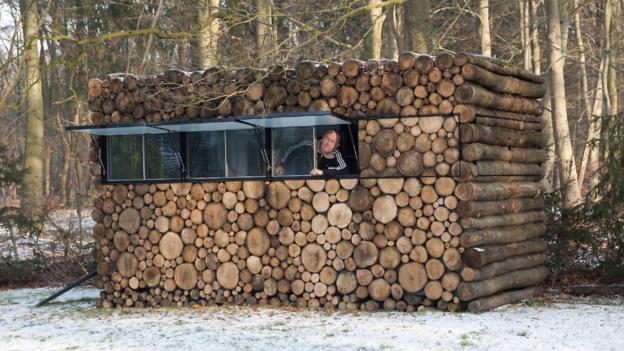Privately-owned housing starts in February plummeted 17%, down to an annualized 897,000 from the revised January estimate of 1,081,000, with drops in the Northeast, Midwest and West leading the collapse.
Single-family housing starts in February were at a rate of 593,000; this is 14.9% below the revised January figure of 697,000.
Multi-family starts are the lowest since June 2014.
“Housing clearly remains under pressure. Increased volatility month to month has left permits and starts little changed from levels reached 12-24 months ago,” said Lindsey Piegza, chief economist for Sterne Agee. “With consumers struggling amid minimal wage growth, housing is unlikely to be a sizable contribution to headline growth in the near term.
“Nevertheless, the disappointment in this morning’s report only further exacerbates the downward trend in the economic data as of late. Needless to say, the Fed has plenty to discuss at this week’s policy meeting,” she said.
The collapse was dominated by the Northeast which saw a -56.5% drop and in the Midwest, which collapsed -37%.
“There’s no question that the harsh winter we had in the Midwest and Northeast was the culprit in February’s slowdown in new home construction,” said Quicken Loans Vice President Bill Banfield. “I wouldn’t look too much into February’s drop, as the overall housing picture shows homebuilder confidence growing and permits for new construction rising. Look for demand to increase in the coming months.”
The West region, where weather wasn’t a problem, saw starts drop 18.2%.
Privately-owned housing units authorized by building permits in February were at a seasonally adjusted annual rate of 1,092,000. This is 3% above the revised January rate of 1,060,000 and is 7.7% above the February 2014 estimate of 1,014,000.
Single-family authorizations in February were at a rate of 620,000; this is 6.2% below the revised January figure of 661,000. Authorizations of units in buildings with five units or more were at a rate of 445,000 in February.
“The big drop in February housing starts was largely due to the severe weather up North. The effects were most severe in the Northeast: Starts fell 56% and completions dropped 29%, the largest declines of any region. There was brighter news around permits,” said Frank Nothaft, senior vice president and chief economist at CoreLogic. “Except for the snow-engulfed Northeast, permits were up in all other regions and for the U.S. as a whole, especially for multifamily, a good sign for spring construction.”
Privately-owned housing completions in February were at a seasonally adjusted annual rate of 850,000. This is 13.8% below the revised January estimate of 986,000 and is 1.8% below the February 2014 rate of 866,000.
read more…
http://www.housingwire.com/articles/33260-housing-starts-see-biggest-collapse-since-january-2007









